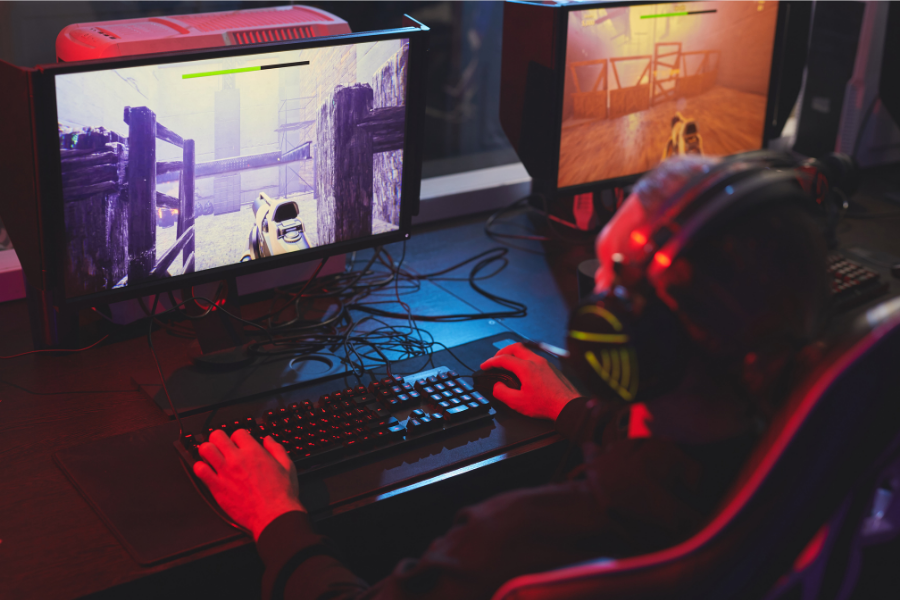Top Widespread Benefits of Outsourcing Animation Projects

Outsourcing from animation has gained widespread popularity. Beginning in the mid-1960s, animation for many low-budget U.S. Animated films were created by animation studios in foreign countries such as Japan, South Korea, Taiwan, Hong Kong, Canada, Australia, then the Philippines, India, and Hungary. This was done to reduce the production cost of animation.
Animation outsourcing has become quite popular. The earliest known case of outsourced Animation is Rankin/Bass Productions. Their staged animation was headed by Japanese stop-motion animator Tadahito Mochinaga in his studio MOM Production.
Virtually all of Rankin/Bass’ traditional animation has been outsourced to at least five Japanese animation companies: MOM Production, Toei Animation, the TCJ (Television Corporation of Japan), Mushi Production and Topcraft.

Hanna-Barbera was yet another early example of outsourcing animation; In 1978, Wang Film Productions (originally known as Cuckoo’s Nest Studio) was founded as an overseas studio facility. In 1988, Hanna-Barbera also founded a Fil-Cartoons affiliate in the Philippines.
Many of the entertainment giants such as The Walt Disney Company and IMAX are beginning to outsource more and more of their animation to Asian countries, especially India, while other companies are outsourcing animation from India for commercials and video games.
A factor that makes India the place to outsource animation films is its extensive English-speaking workforce base. Animation that requires English language skills to lip-sync animation media to aural dialogue capitalizes on this particular talent that India’s workforce possesses.
A number in the country’s animation companies are also creating a skilled workforce for the animation market through a variety of training opportunities.
Overall, however, a key reason why foreign entertainment companies flock to India is the price benefit the country offers. For example, American animators can cost about $125 an hour; in India, they cost $25 an hour. The total cost of making a feature-length American animated film is estimated at $100 million to $175 million.
In India, it can be made for $15-25 million. Studios in India can also provide a large number of inexpensive and high-end programming engineers, to the point of creating studios with state-of-the-art equipment and software to produce overseas.

The Walt Disney Company has outsourced a number of major animation productions to studios across India. Cable and satellite station Cartoon Network is buying animated movies made in South Korea, and MTV has added India to its outsourcing center along with the Philippines and South Korea.
Applied Gravity, a New Zealand-based multimedia company, has outsourced nearly 90 percent of its animation work to Satyam Computer services’ business process outsourcing subsidiary, Nipuna Services. An animatronics dog for DiscoveryC Channel Planet animals from a popular episode called “K9 to11” and animatronics models for New Zealand theme parks were among Applied Gravity’s most famous creations in India.
Also, game design company iLogos has two offices in Kyiv and Kharkiv, but they are free to visit. The people who set up the processes also have to sit remotely on a daily basis.
In terms of communication, everything is quite simple: the team uses Slack, and there is its own knowledge base, where all HR processes are prescribed. iLogos uses a slightly different way of onboarding and checking people in with HR: the company spends more time on it.
There are more calls with new people to get them into the project and more calls with the leads to get them in sync. HR people communicate more with people: whether everything is enough, whether everyone is understood.








